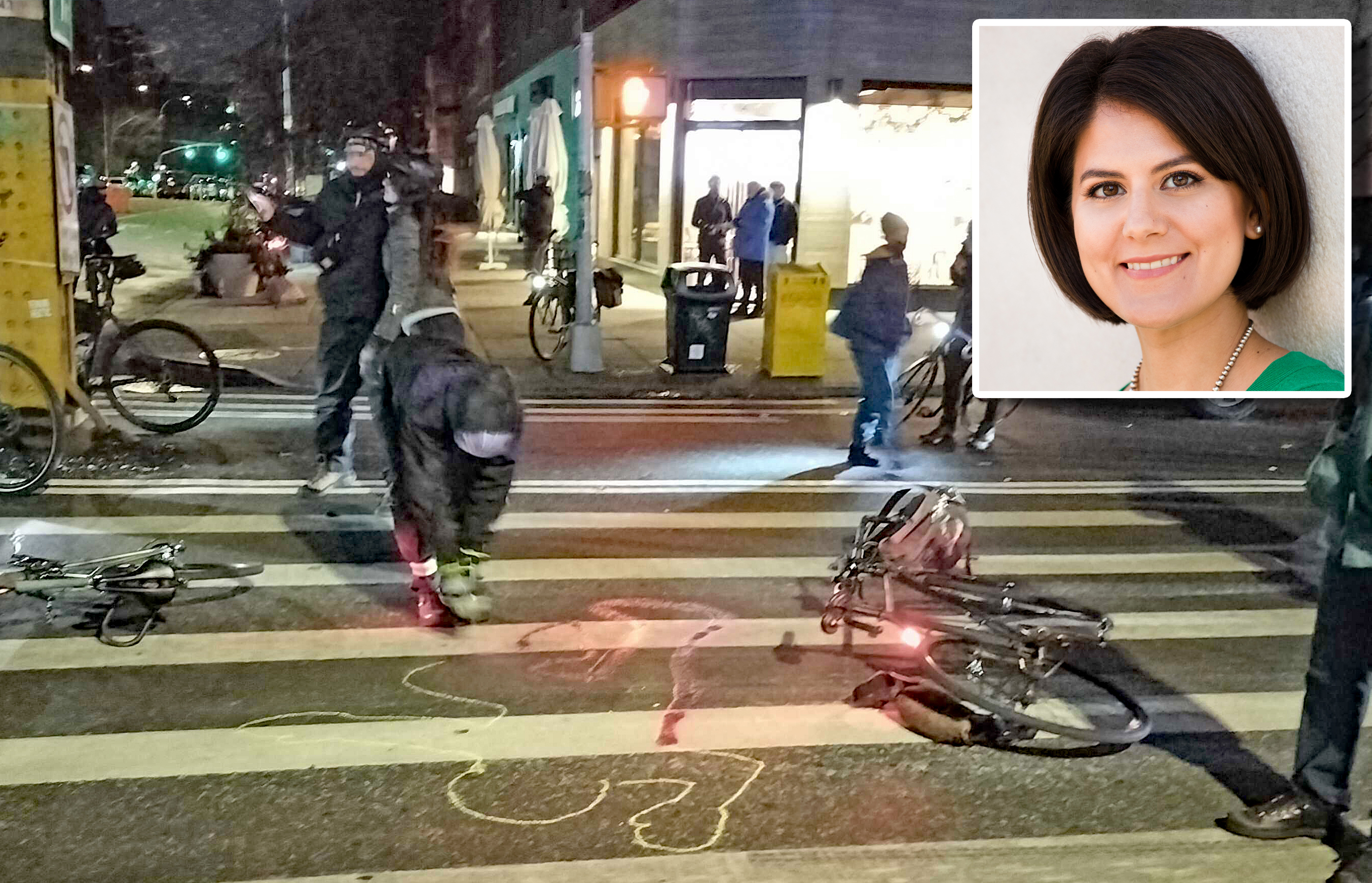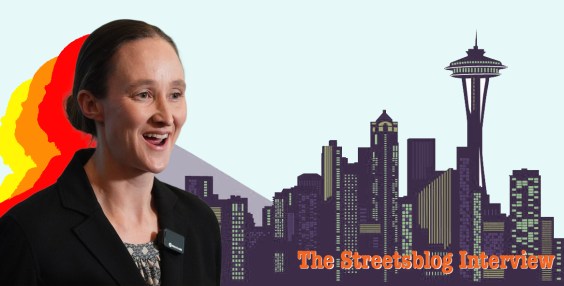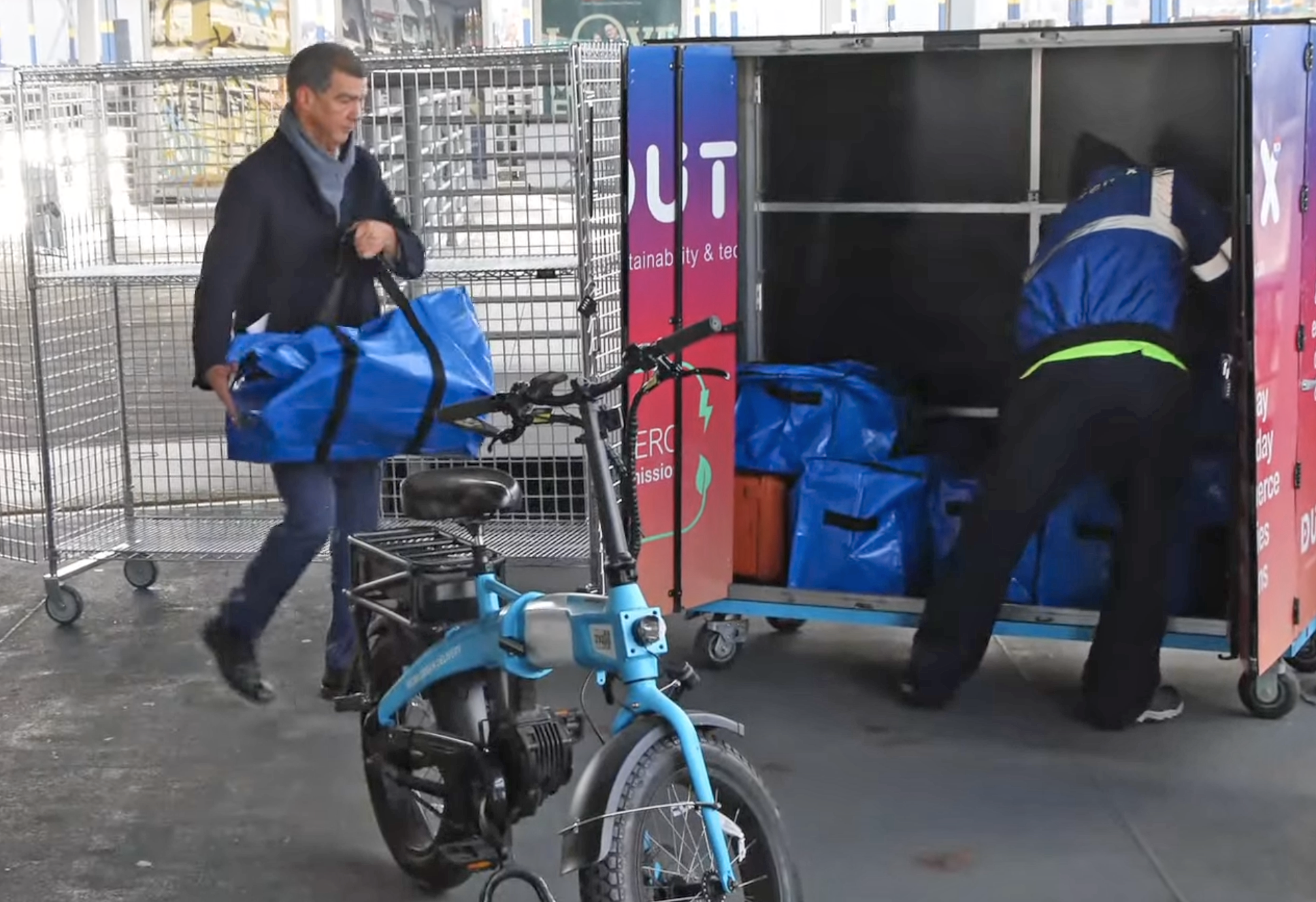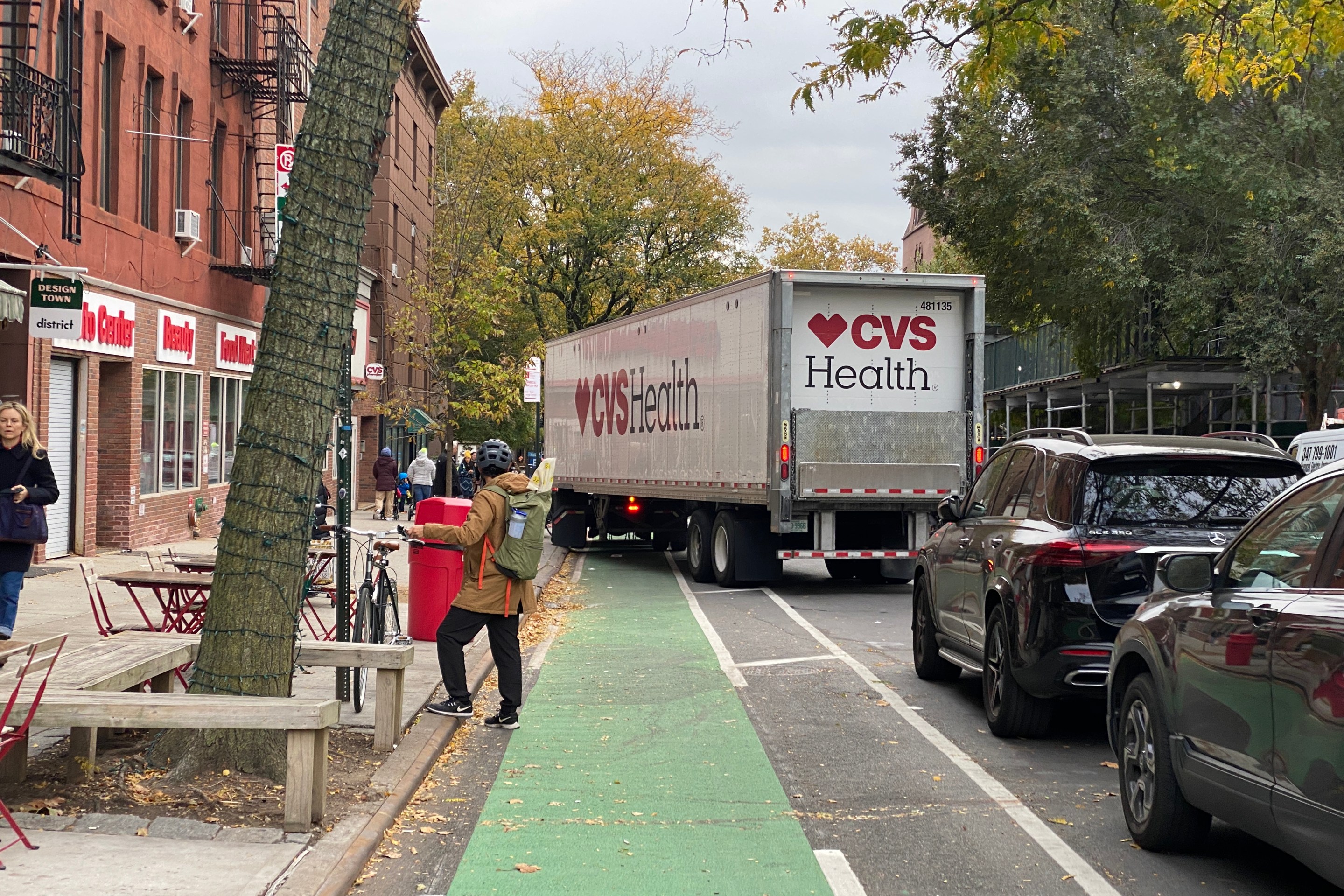The Cuomo administration's plan for an extra-wide, transit-free Tappan Zee Bridge is exactly the kind of project that New York state's smart growth law is supposed to prevent.

Passed in 2010 under David Paterson's administration, the Smart Growth Public Infrastructure Policy Act requires any state infrastructure project to meet 10 smart growth criteria. Under the law, the state should only build projects that support sustainability and downtown revitalization, not sprawl.
Nowhere is the Cuomo administration's hypocrisy regarding the Tappan Zee Bridge project more clearly displayed than in its arguments that the new bridge complies with the smart growth law. In its draft environmental impact statement, the state walks through each of the 10 smart growth criteria, arguing that a new Tappan Zee with no transit and twice the width of the current bridge fits the bill. In the process, the fact that Cuomo's Tappan Zee is really not a smart growth bridge becomes painfully clear.
Criterion 6, for example, requires the project to "provide mobility through transportation choices including improved public transportation and reduced automobile dependency." The state argues that since the new bridge will "improve mobility" with highway improvements, it's consistent with this requirement. "In addition," reads the draft EIS, "the bridge would be designed not to preclude transit." Not precluding transit, of course, is hardly the same as improving it. Instead of reducing automobile dependency, the project does the opposite, spending billions to improve car commutes and double the width of the bridge.
Criterion 5 calls for infrastructure "to foster mixed land uses and compact development, downtown revitalization, brownfield redevelopment, the enhancement of beauty in public spaces, the diversity and affordability of housing in proximity to places of employment, recreation and commercial development and the integration of all income and age groups." In a brazen affront to common sense and empirical evidence, the Cuomo administration denies that transportation decisions even affect the way regions develop. "Not Applicable," the DEIS says. "The Replacement Bridge Alternative would be a transportation infrastructure improvement project" and "would not directly affect community development."
If smart growth means anything, it means understanding how a cars-only bridge promotes dispersed, sprawling development while including transit would help promote growth in town centers. It means acknowledging how automobile-dependency isolates low-income and elderly people who rely on transit.
It goes on like that. The smart growth law requires projects to "promote sustainability by strengthening existing and creating new communities which reduce greenhouse gas emissions." The Cuomo administration ticks that one off its list by touting the emissions reductions from reducing the number of congestion-causing accidents and eliminating the need to move the median barrier with a diesel engine. (The median barrier is moved every day so that the seven lane bridge can always have four lanes in the peak direction.) The state claims that the Tappan Zee project is exempt from a requirement to participate in "community-based planning" because it "is a large-scale regional transportation initiative."
In claiming that the Tappan Zee Bridge meets the requirements of the smart growth law, the state elegantly shows just how much this bridge fails to meet the state's purported development goals. A bridge with room for seven lanes of traffic on each span but no space for transit is exactly the kind of 1950s sprawl generator that the smart growth law should prohibit.





